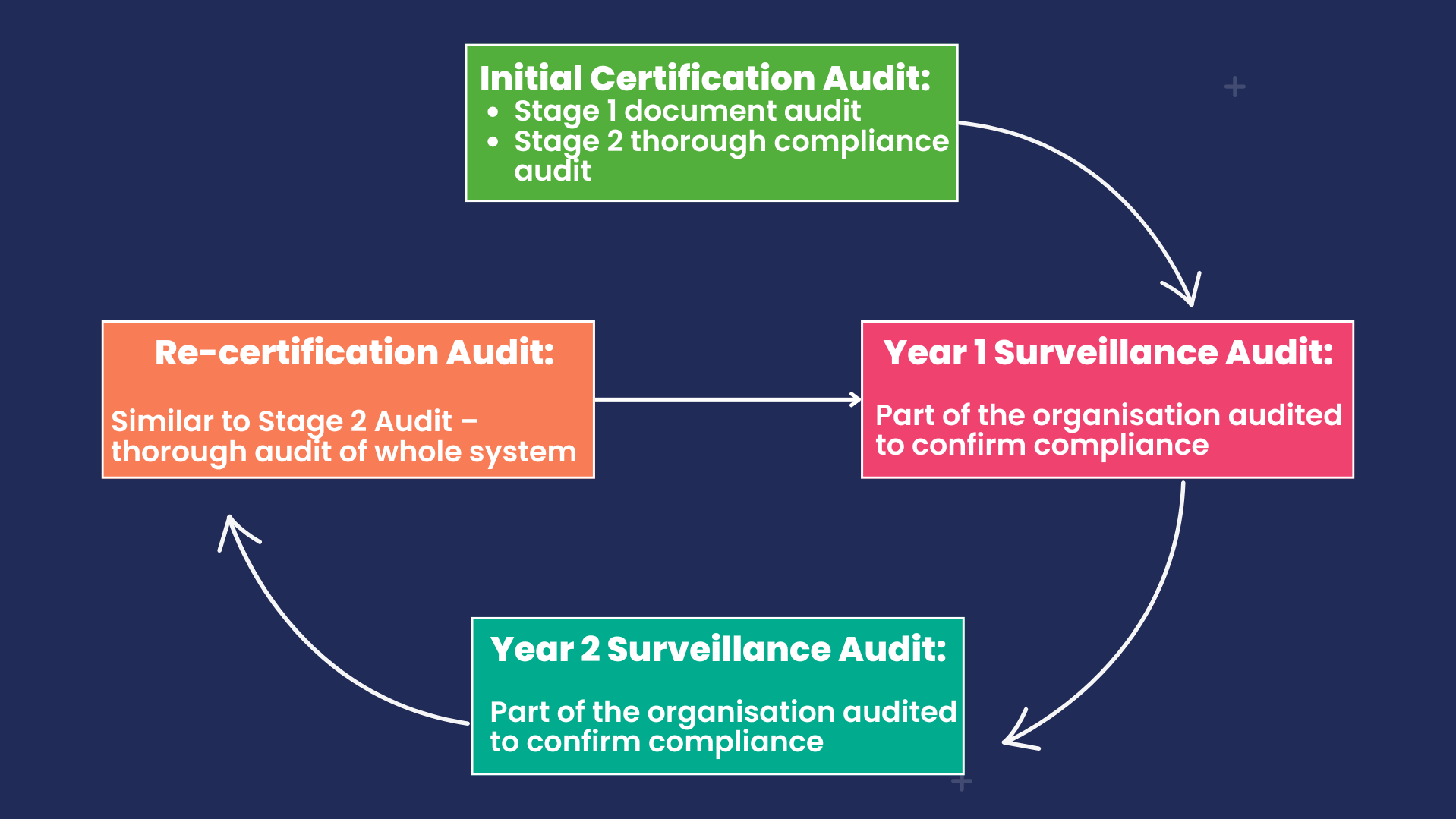Environmental Management System (EMS)
The Sustainability Team is responsible for the management of the University’s Environmental Management System; ensuring the University complies with relevant environmental legislation and continually reduces its environmental impacts and improves environmental performance.
What is an EMS?
An Environmental Management System (EMS) is a tool for identifying environmental aspects and managing the impacts of an organisation's activities on the environment. It provides a framework to planning and implementing environmental improvement, protection measures and compliance with environmental legislation.
What is an aspect?
An elements of an organisations activities, products or services that interacts or can interact with the environment.
What is an impact?
A change to the environment whether adverse or beneficial, wholly or partially results from an organisations environmental aspects.
University of Liverpool’s EMS
The University has had an EMS since 2017 and is accredited to ISO14001 which is an internationally recognised standard.
The standard requires us to demonstrate strong leadership and a commitment to reducing our negative environmental impact, placing this within our wider business context and institutional strategy.
The EMS supports the University to meet the objectives of the Environmental Policy Statement and the cross cutting theme of Sustainability in Strategy 2031.
The scope of our EMS covers the whole University; the provision of learning, teaching, research and professional services, across all of our estate, including Greenbank, Ness Gardens and Leahurst.
Who is responsible?
We are all responsible for implementing the EMS and supporting Environmental Policy, as all activities taking place across the University have the potential to interact with the environment and we have a role to play in adhering to legislation and upholding university policies.
The Sustainability Team is responsible for the management of the University’s EMS:
- ensuring the University complies with relevant environmental legislation
- reduces its negative environmental impacts
- continually improves environmental performance.
Auditing cycle:
A fundamental part of maintaining the ISO14001 certification is continual improvement and an effective audit process.
This audit process includes both internal and external audits.
External audit cycle:

Internal audit cycle:
The standard also requires a series of internal audits to take place throughout the three-yearly cycle to ensure compliance and continual improvement.
EMS documentation can be viewed below: